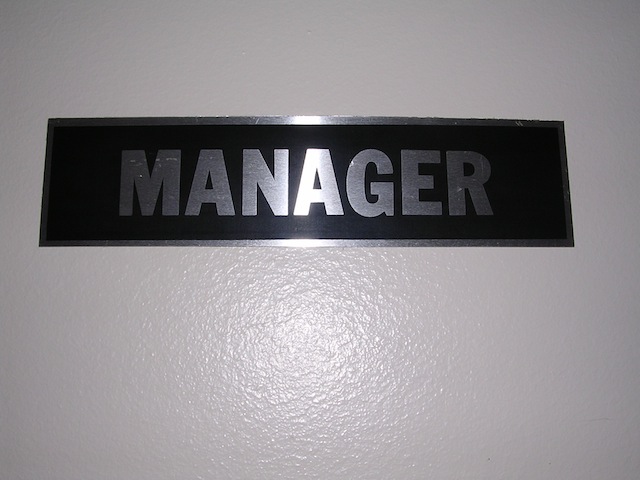Are senior executives lost when discussing their company’s digital strategy?
At the Huawei Connect conference this morning in Shanghai, Nigel Fenwick, a Vice President and principle analyst of Forrester Consulting, released his company’s study titled Business and Technology Leadership in a Post Digital Era.
Forrester surveyed 212 IT and business managers across selected markets in North America, Europe and the Asia-Pacific for the survey and found only four percent of business leaders were confident they understood their companies’ digital strategy.
Even more worryingly less than ten percent of business IT leaders claimed they understood their organisation’s digital strategies.
The reason for this, Fenwick believes, is the pace of change in the technology sector as managers struggle to put digital innovations into the context of the business.
Exacerbating this lack of understanding is how companies are ‘bolting on’ digital strategies to their existing business models rather than thinking about how their industries, products and markets are being transformed, Fenwick says.
There’s little new or surprising in Forrester’s report and the small and selective data set doesn’t inspire confidence in the survey’s results. It is however a good reminder of the challenges facing today’s boards and executives in understanding the consequences of a rapidly changing economy on their businesses.




